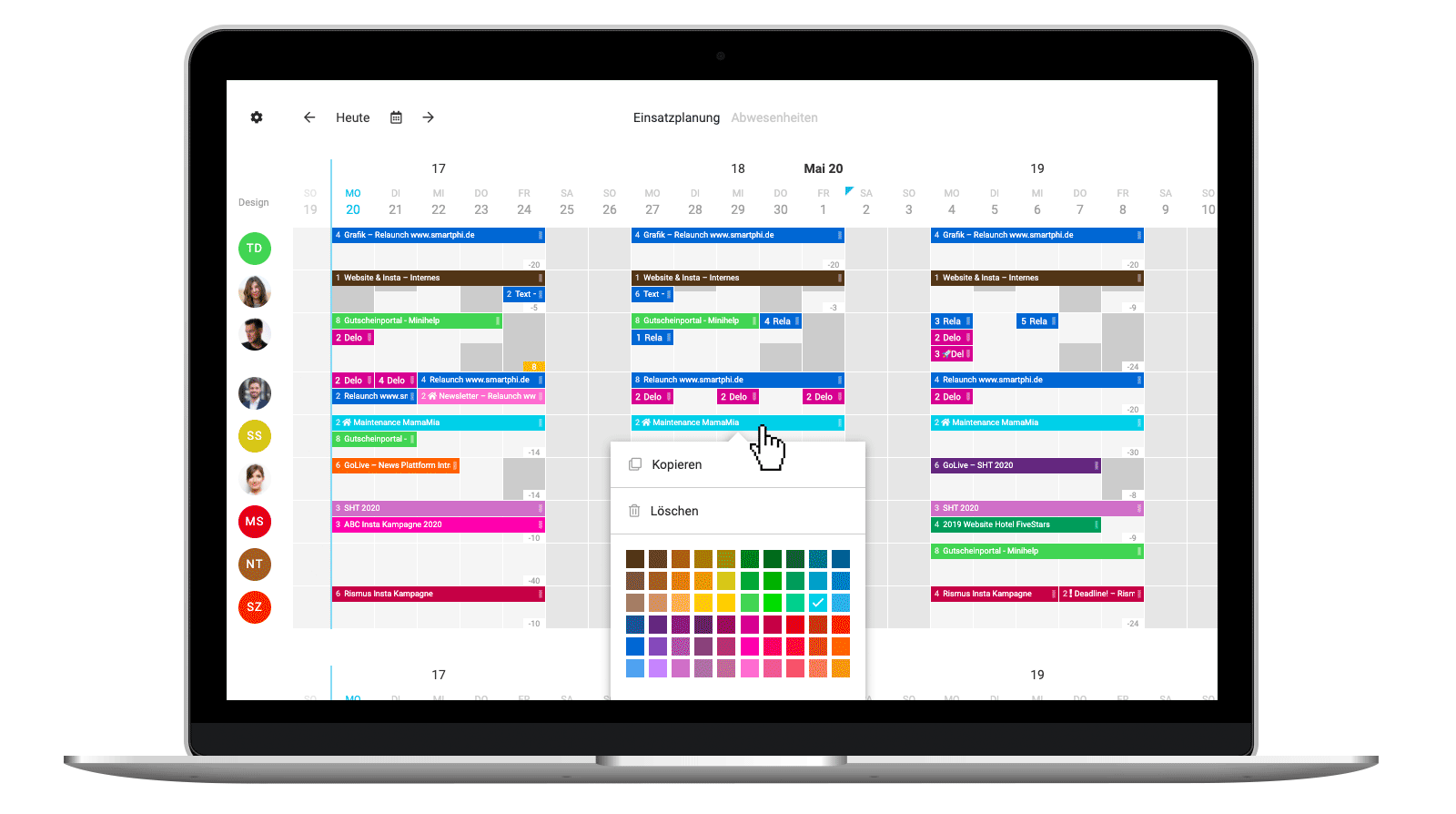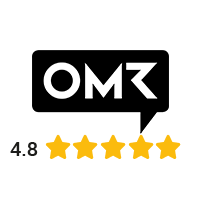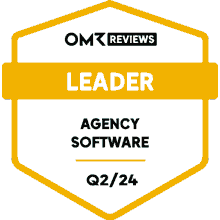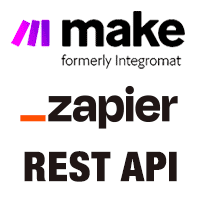Article from
6 Tips for Stress-Free Resource Planning in Project Business
Gantt charts, MS Project, Excel – many project managers still use these tools to plan their staff. However, these tools are not always capable of representing the dynamic environment of a company today. Software can meet this challenge – but first and foremost, it's about the right approach. The following 6 tips guarantee optimal conditions
1. Embrace Agility
Gantt charts suggest a stability that does not exist. Admittedly, a project plan in the form of a Gantt chart looks professional at first glance. However, it is a misconception to assume that all project details and phases are clear from the beginning.
Fortunately, agile methodologies are becoming more and more established. Whether we're talking about SCRUM, Kanban, or XP, it's important to accept that projects are individual, each client has their own ideas, and you can't apply a factory model to services.
2. Avoid Multitasking
We experience daily how we are seduced into multitasking. Especially with today's flood of emails and messages, the temptation is great to get distracted. Every interruption, every so-called context switch has a negative impact on our productivity and thus directly on quality, revenue, and satisfaction.
We work efficiently when we can concentrate fully on one thing. Whenever possible, staff should be able to dedicate a full day or longer to a larger project. If that's not possible, the rule is: The fewer projects in a day, the more efficient. Distractions from emails, messages & Co could be checked consistently only 3 times a day – this brings calm and concentration to the workday.
3. Plan Ahead
Planning several projects far in advance for one day is theoretically possible – but it doesn't really make sense.
If you want to consider 4-5 projects in one day, everything looks clear and structured at first. However, the unpredictability of short-term tasks and shifts caused by the customer quickly show in everyday life that theory and practice diverge here. What was clearly planned at the beginning of the week can be off by mid-week due to additional tasks. Illnesses also cannot be planned for.
If you want to consider 4-5 projects in one day, everything looks clear and structured at first. However, the unpredictability of short-term tasks and shifts caused by the customer quickly show in everyday life that theory and practice diverge here. What was clearly planned at the beginning of the week can be off by mid-week due to additional tasks. Illnesses also cannot be planned for.
As an entrepreneur, it is important to look further ahead and be able to plan for a longer period. 3 to 6 months are ideal to make upcoming capacities and workload tangible.
4. Plan Roughly
In practice, a day-to-day detailed planning can never be correct. Although it should always be possible to insert smaller jobs, this is no reason to plan them. Tight planning pretends security – but missed deadlines and poor customer service cannot be managed by tighter planning.
 English image not yet available...
English image not yet available...Ideally, projects should be planned roughly. This makes it visible how many people are busy for how long, or where there are still capacities available. It is irrelevant whether I plan 1 project per day for 5 weekdays or divide the week into daily 9:00-10:30, daily 10:45-12:00, etc. At the end of the week, this amounts to the same from a planning perspective.
To plan projects roughly means that the planning for an 8-hour day only takes up 6-7 hours – the remaining time can be used flexibly: For smaller things, short-term meetings, or even for the planned project. It is best to leave it to the employee to use his time flexibly and task-oriented.
5. Establish Customer Relationship at Eye Level
Many service providers such as agencies and consultancies see themselves as suppliers who are always available – even if the customer calls on Friday evening and expects the result on Monday. This happens mainly out of fear of losing an order. Such behavior sabotages forward-looking deployment planning.
Developing a partnership with the customer at eye level is fundamental. A service provider is only taken seriously by the customer in the long term and appreciated for their work.
In a partnership-based customer relationship, a constructively formulated "No" must also be possible as an answer. Clear communication of increased costs for unusually tight timing, early transparency in case of additional effort, proactive thinking, good listening, and questioning prevent an imbalance from arising.
If it can be clearly communicated to the customer when a larger new project can be started and approximately how long it will take, the service provider is perceived as competent and structured.
We do everything and immediately was yesterday. Customers know that a certain specialization brings a higher quality result and have less and less trust in "we can do everything" statements.
6. Discipline Internal Coordination
Finishing three projects on the same day – possibly by the same person? If you don't want to burn out your talents and risk the quality – which inevitably falls victim first – it becomes clear how important coordination is.
The smaller the teams, the less coordination effort is required. Decisions, schedule shifts, and absences can be handled quickly and without complications.
The deployment plan is a working tool that project or team leaders within the company can discuss. Task assignments do not take place between door and hinge, and an assigned employee cannot be pulled away without coordination with the project responsible person.
Conclusion
As soon as we accept that everyday business life is dynamic and stop wanting to plan every detail, a new calm returns. The resulting satisfaction of the employees, as well as the respect of the customers, positively shapes the working atmosphere and is the best basis for outstanding performance as well as a more stress-free and reliable deployment planning.
Article by:
Tobias Miesel
Tobias Miesel








